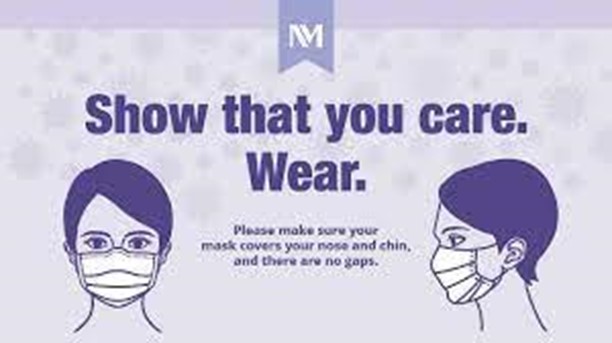A nurse is admitting a client who has rubella. Which of the following actions should the nurse plan to take?
Instruct the client's loved ones that the client should not have fresh flowers in their room.
Wear a surgical mask when within 0.9 m (3 feet) of the client.
Place the client in a room with negative-airflow pressure.
Instruct the client that visitors will not be allowed while they are in isolation.
The Correct Answer is B
Choice A rationale:
Instructing the client's loved ones that the client should not have fresh flowers in their room (Choice A) is not a necessary action for rubella isolation. Rubella is transmitted through respiratory droplets, and the prohibition of fresh flowers is not a relevant precaution.
Choice B rationale:
Wearing a surgical mask when within 0.9 m (3 feet) of the client (Choice B) is the correct action. Rubella is an airborne disease, and wearing a surgical mask helps prevent the spread of infectious respiratory droplets to the nurse and other individuals.

Choice C rationale:
Placing the client in a room with negative-airflow pressure (Choice C) is not specifically indicated for rubella isolation. Negative-airflow pressure rooms are typically used for diseases that require strict airborne precautions, such as tuberculosis.
Choice D rationale:
Instructing the client that visitors will not be allowed while they are in isolation (Choice D) is not entirely accurate for rubella isolation. While isolation precautions are necessary, visitors can enter the room if they are properly protected, including wearing masks and following infection control protocols.
Nursing Test Bank
Naxlex Comprehensive Predictor Exams
Related Questions
Correct Answer is C
Explanation
Choice A rationale:
Peer pressure (Choice A) is an external stressor, as it involves the influence of others on an individual's thoughts or actions. It originates from outside the individual and is not directly related to an internal psychological response.
Choice B rationale:
Death of a family member (Choice B) is an external stressor, as it is an event that occurs externally to the individual. While it can cause significant emotional distress, it is not considered an internal stressor.
Choice C rationale:
Fear of medical test results (Choice C) is the correct answer as an internal stressor. Internal stressors are psychological or emotional factors that originate within the individual and contribute to stress. Fear of medical test results is a personal worry that can lead to anxiety and emotional turmoil.
Choice D rationale:
Job transfer to another city (Choice D) is an external stressor, as it involves a change in the individual's external environment. It is not an internal psychological factor causing stress.
Correct Answer is C
Explanation
Choice A rationale:
Dehydration is a serious condition, and a urine output of 40 mL/hr is indicative of decreased renal perfusion and potential renal failure. However, this situation does not require immediate intervention compared to other choices.
Choice B rationale:
Pain management is important, and a pain score of 4 out of 10 indicates mild to moderate pain. While addressing pain is essential for the client's comfort, it is not an immediate priority compared to the situation presented in another choice.
Choice C rationale:
(Correct Choice) A respiratory rate of 40 breaths per minute in a client with asthma indicates severe respiratory distress. This client is at risk of respiratory failure and requires immediate assessment and intervention.
Choice D rationale:
A fasting blood glucose of 100 mg/dL in a client with diabetes mellitus is within a normal range and does not require immediate attention when compared to the urgent situation in another choice.
Whether you are a student looking to ace your exams or a practicing nurse seeking to enhance your expertise , our nursing education contents will empower you with the confidence and competence to make a difference in the lives of patients and become a respected leader in the healthcare field.
Visit Naxlex, invest in your future and unlock endless possibilities with our unparalleled nursing education contents today
Report Wrong Answer on the Current Question
Do you disagree with the answer? If yes, what is your expected answer? Explain.
Kindly be descriptive with the issue you are facing.
